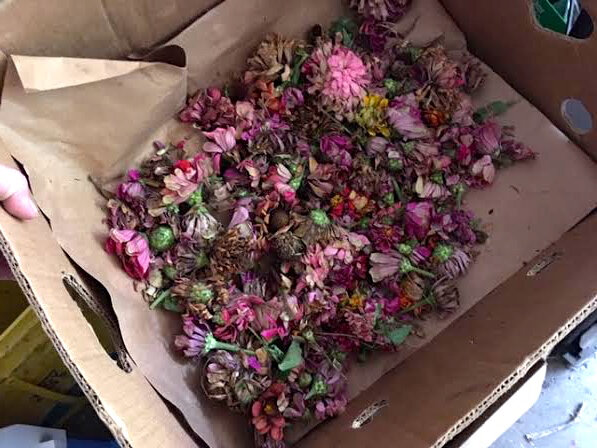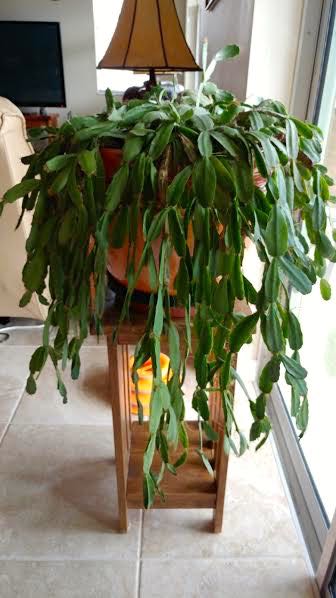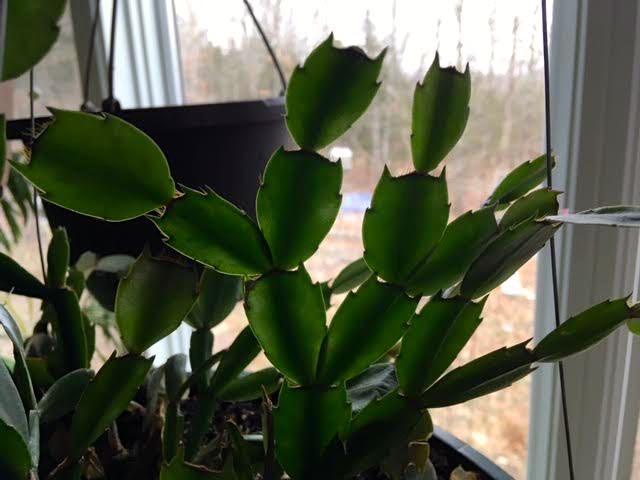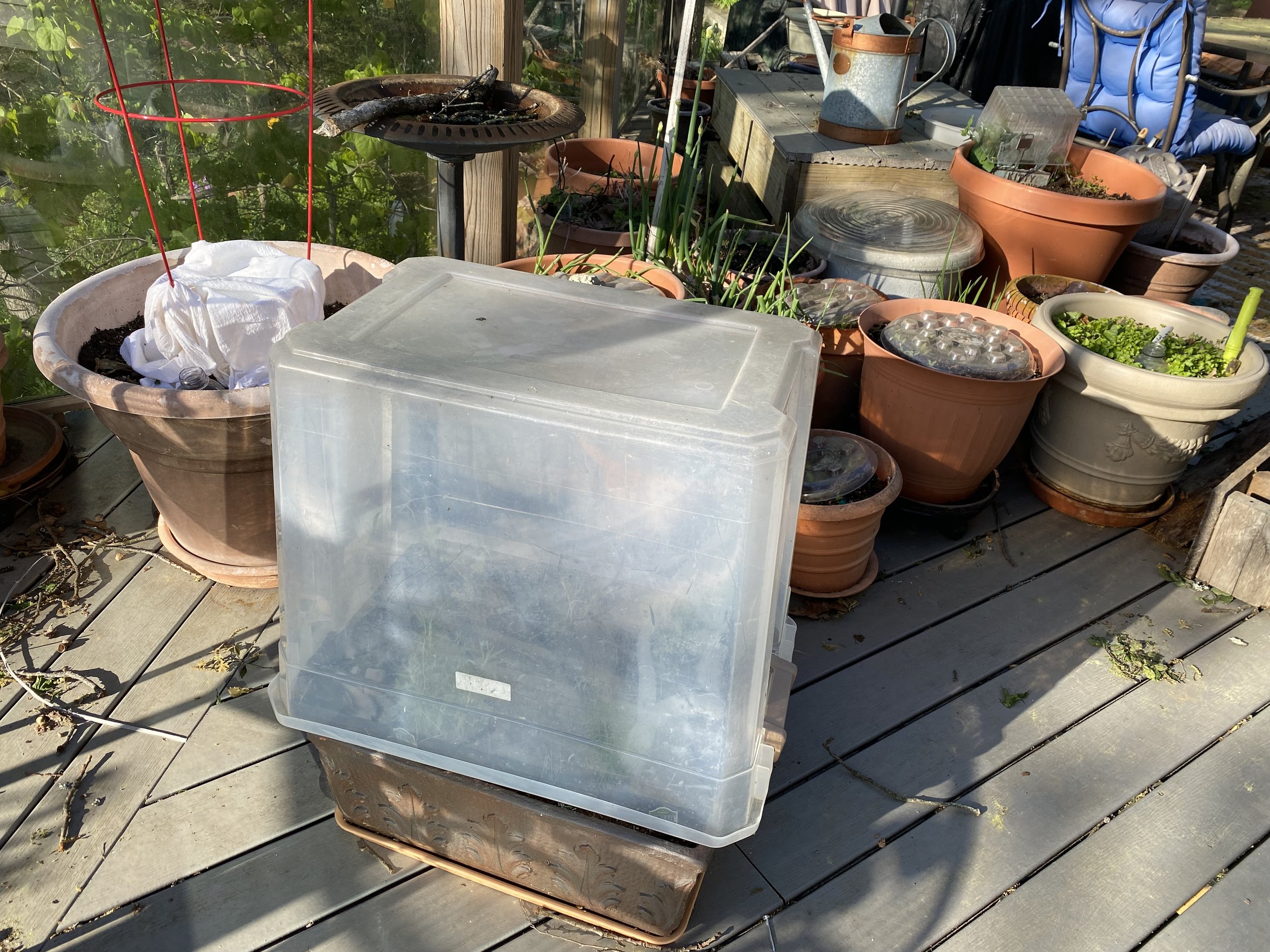“Charlotte, I’m so depressed over the UN report on climate change, the world has 10 years to change and no one seems to be paying attention. What can I do to help?” – Meghan
Hi Meghan,
The United Nations report was dire, indeed, but there are things we can all do. All will require some planning and habit changes, which some may not want to do but since this is our home we are loosing, hopefully most will pitch in. The following are 15 suggestions:
1. Walk more. We are too reliant on fossil fuels including coal, oil and gas. By planning to walk more, we can reduce using gas for our cars and improve our health. Just 15 minutes outside will get us all the minimum daily requirement of vitamin D and also kick off the endorphins that makes us all feel better.
2. Consolidate car trips. Again designed to reduce our use of gas, better plan trips so that you’re not using as much gas. Besides reducing the fossil fuel load, you will save money.
3. Ride a bike. If you have a community that has bike lanes and safe drivers, dust off that bike and start riding it.
4. If you are buying a car, look at hybrids and electric cars.
5. Save water. If you keep your faucet running when you brush your teeth, turn the faucet off until you need water again. Use a dishwasher, it uses less water than hand washing; set it on the economy setting. Plant plants that don’t need constant watering such as natives to your area.
6. Install rain barrels on your gutter system. Rain water is better for plants and will help cut down on your water bill.
7. If installing and replacing a heating and cooling system, pick a heat pump.
8. When replacing your water heater, install a solar-powered one.
9. Re-think your diet. Reduce eating red meat once a week, then slowly cut back a second day. Less red meat consumption will reduce methane gas production.
10. Buy less food. Nationally, US residents throw away 40% of the food they buy so be more deliberate with food shopping. Freeze what you can’t eat, plan for leftovers and make sure to compost what you don’t want to eat. Composting helps keep soil healthy and soil keeps our plants, and us, healthy.
11. Buy local produce. Farmer’s markets, grocery stores and local farmers all offer locally-grown produce that is less fertilizer and pesticide-intensive to grow. And it tastes better, too.
12. Choose items made from renewable and easily sustainable bamboo.
13. Dust off your grandmother’s china and start using real dinnerware and utensils, no more plastic.
14. Carry a set of reusable bags to carry groceries and other items instead of store plastic bags.
15. When voting, select candidates who recognize the threat and commit to working together to change our country’s direction.
What else can you think of doing to reduce your carbon foot print?
Charlotte























































